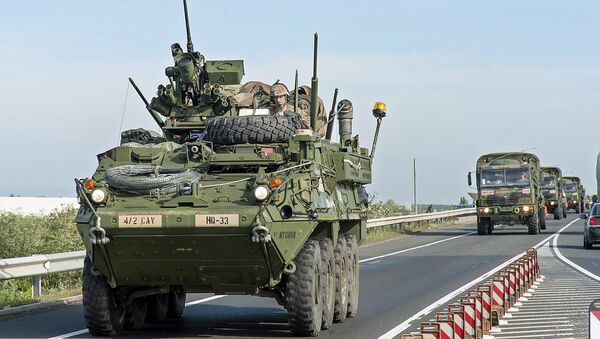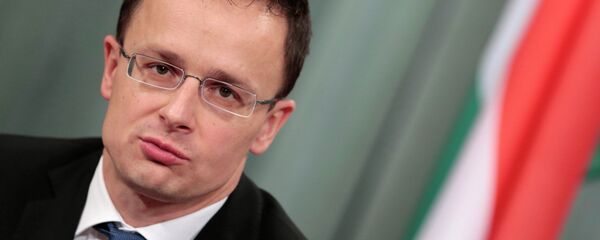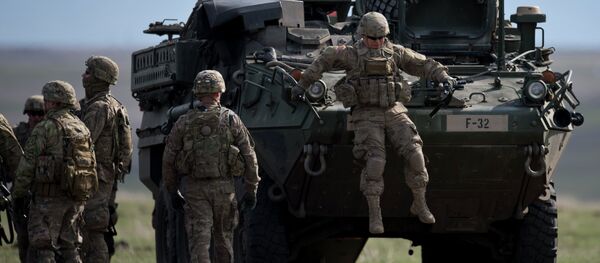NATO reinforced its military presence in the Baltic region after the conflict in southeastern Ukraine broke out in April 2014. On October 21, NATO Trident Juncture-2015 military exercise involving over 36,000 troops from 30 NATO countries and partner states, together with 140 aircraft and 60 ships, moved into its active phase. All the Baltic nations are participating in the drills.
"Since the last NATO summit, the bloc abandoned its defensive doctrine, demonstratively declared its offensive goals against Russia while conducting extensive military exercises and building up troops in the Baltic and Eastern European states, using the Ukrainian crisis as a pretext," Marton Gyongyosi said.
Gyongyosi mentioned in particular NATO's September drills in the northwestern Hungarian town of Tata.
He added that the US-led military alliance had a history of starting wars globally under false pretenses.
"It should be about time when we look around and count how many wars have been provoked by the United States and its allies directly or indirectly," Gyongyosi said.
The alliance has conducted several military exercises, of various scales, in Eastern Europe, citing the need to defend its European allies in response to what it terms as Russia's aggressive actions in Ukraine.
Russia has expressed concern over NATO’s growing military presence in Eastern Europe, warning that it could be a threat to regional security.




